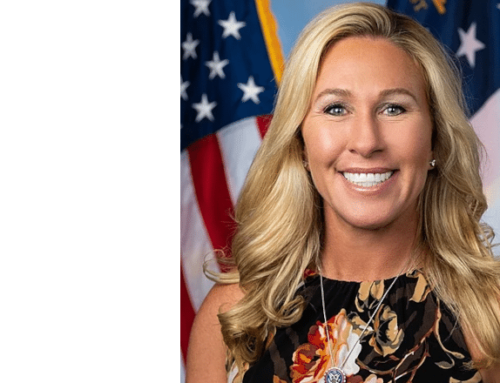Catholic League president Bill Donohue comments as follows:
For the past few years, the pro-abortion community has inexplicably said they support “abortion reduction” efforts (it is not clear why they would want to reduce the rates of a procedure they say is non-lethal). In any event, they should now be supporting what is going on in South Dakota (somehow, we believe they will side with Planned Parenthood, which is filing suit against the state).
Yesterday, the governor signed a law in South Dakota to require women who want an abortion to first learn what assistance is available to them in the event they decide to keep their babies; a waiting period of three days after the initial visit with an abortionist was also approved. In a New York Times article today, it notes that this is happening in a state “despite an abortion rate that is among the lowest in the nation.” Which made me wonder: Which states have the highest, and the lowest, rates of abortion? Also, what accounts for the disparity? That is why I repaired to the data on these subjects collected by the Guttmacher Institute, the research arm of Planned Parenthood.
The states with the five highest rates of abortion (1-5) are: New York, New Jersey, Nevada, Delaware and Connecticut. Those with the five lowest rates (46-50) are: North Dakota, Nebraska, Kentucky, Utah and South Dakota. None of the five with the highest rates has a waiting period, and none offer written material on the procedure, including fetal development throughout pregnancy. All of those with the five lowest rates require a 24-hour waiting period (now 72 in South Dakota), and all offer written material, including information on fetal development through term. Moreover, Utah and South Dakota also offer information on the ability of the baby to experience pain when he or she is being killed.
If the high abortion states are to mimic success, they will have to abandon their policy of keeping women ignorant. If these liberal states are to be truly pro-choice, they will have to start allowing women to make real choices. Their resistance to informed consent must end.






